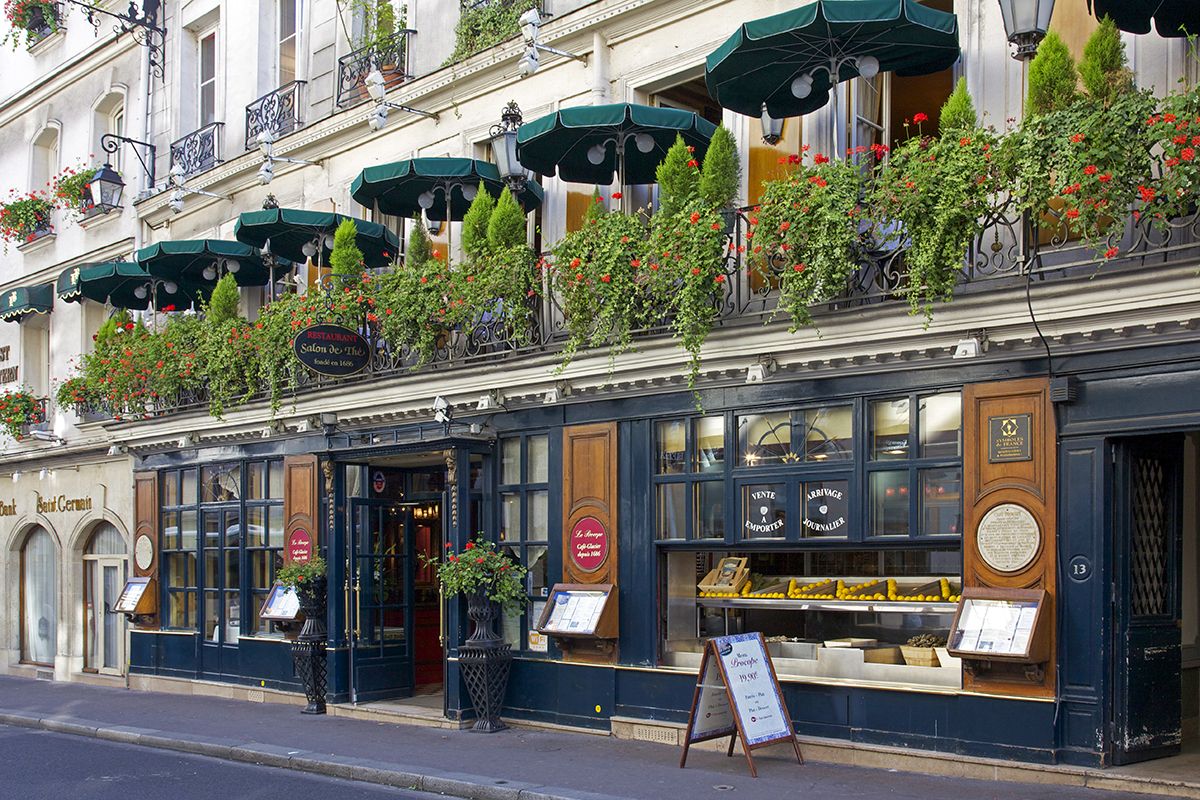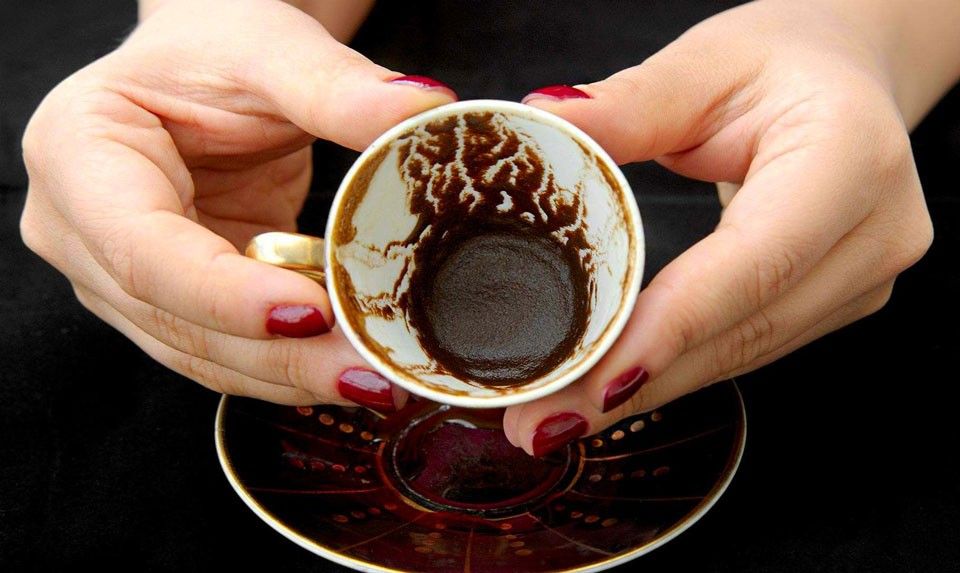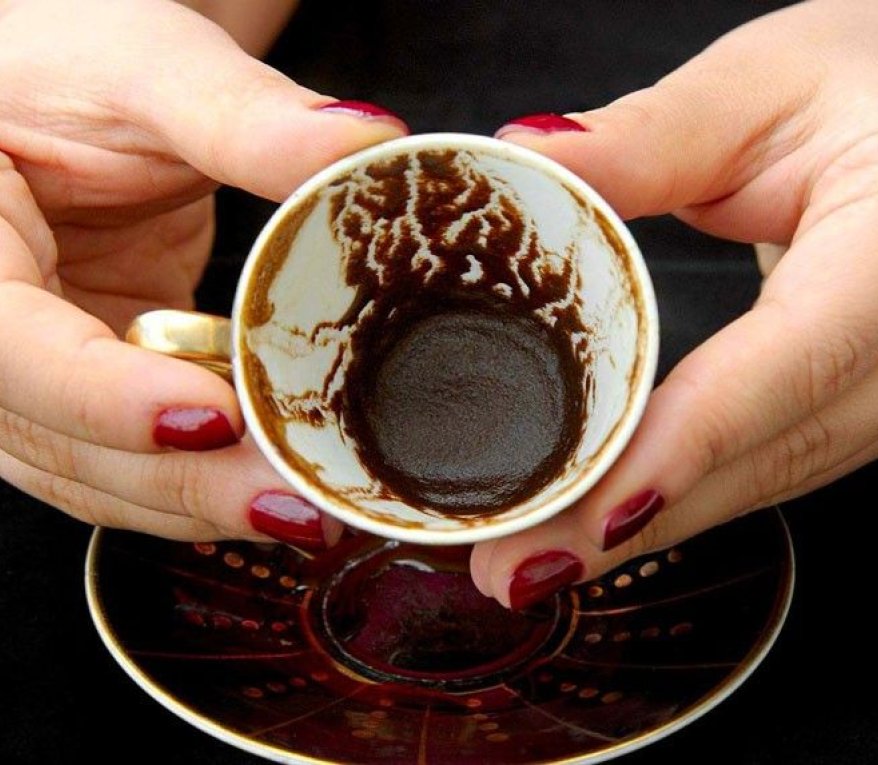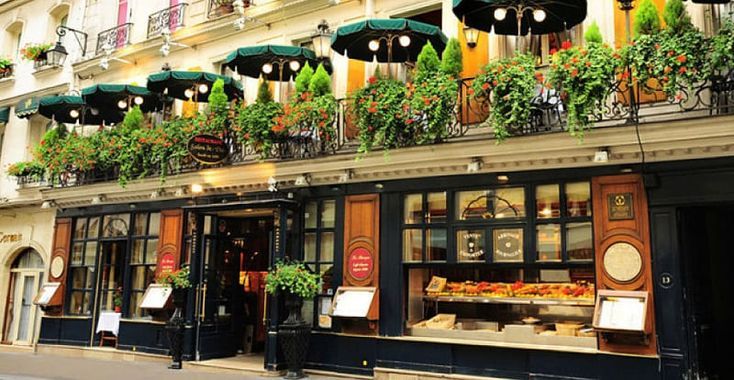Armenian coffee history

The history of coffee drinking goes back to the 15th century in Yemen, though anecdotal evidence pushes coffee’s origins back to the 9th century in Ethiopia, where a goatherd is said to have observed its energizing effects on his flock of goats that had eaten the plant.
You may be surprised to learn that Armenians played a key role in spreading coffee westward from the Near East to Europe. Here are some

The spread of coffee in Europe: It was Armenian merchants that brought coffee shops to Western Europe, opening the very first coffeehouses in Vienna, Paris, London, and Prague in the 17th century. Johannes Diodato, aka Hovhannes Astvatsatour, introduced coffee to the Hapsburg territories in the late 17th century, while an Armenian named Pascal opened the first coffee shop in Paris in 1672, followed by another Armenian, Maliban, that same year.
Coffee rituals: Coffee rituals were a part of marriage traditions in Ottoman times in Western Armenia (today Turkey). When the parents of a young man visited the family of a prospective bride, the young woman would serve them coffee sweeter than usual to indicate that her parents agreed to the proposition. If the answer was no, sugarless coffee was offered by a servant instead.
Coffee in the USSR: Coffee drinking took off in modern-day Armenia in the 1960s, when Armenian repatriates from the Middle East brought their coffee consumption (and their demitasse cups) to Yerevan, where the very first cafes in the entire Soviet Union would later open.
Coffee in modern Armenia

Today, coffee can be found everywhere in Armenia, at every occasion, at every opportunity. Local people love to gather around cups of coffee, no matter the time of day. Here’s what you can expect from
Traditional Armenian coffee is unfiltered
Much like Greek or Arabic coffee, Armenian coffee is made by bringing finely ground roasted coffee beans to a boil in a small pot called a srchep (though the Turkish word jazve, derived from Arabic, is commonly used locally). Sugar is added according to the drinker's preference, though most local people drink their traditional coffee taruh, or bitter, meaning without sugar. You’ll be served your traditional Armenian coffee unfiltered, meaning there will be grounds at the bottom of your cup. This may go without saying, but just in case – once you reach the grounds while drinking, stop. The grounds are not meant for consumption. Simply leave your cup, ground and all, on the table and you host will know that you’ve finished your cup.
Expect an invitation for coffee from pretty much everyone
Invitations for coffee seem to happen everywhere, at all times in Armenia, especially if you find yourself outside of the capital city Yerevan. Local people in villages love meeting travelers, and it’s very common for them to invite strangers into their homes for a cup of coffee, fresh fruit, and bread. Be warned though: a cup of coffee can very easily turn into a full meal, and even an all-day event! And it’s not a bad thing. On the contrary – sitting down for a meal with local people is the best way to get to know local culture.

Fortune telling with coffee grounds is still common
That’s right! Using the muddy grounds in the bottom of a cup to read someone’s fortune is fairly common in Armenia. There are lots of different rituals and superstitions related to coffee cup reading, and every fortune teller has their own way of reading cups. A very common Armenian practice is for the drinker presses their thumb into the grounds, a symbolic opening of their heart for the fortune teller and to seal the fortune.
If you’re looking for an authentic Armenian coffee making and drinking experience, check out Chalet Gyumri in the city of Gyumri, where they offer a traditional coffee and dessert making experience. Not only will you learn the art of preparing traditional Armenian coffee, but you’ll also learn how to make ghayfa, a roasted wheat drink once popular in Gyumri that’s all but forgotten today. It’s prepared just like traditional Armenian coffee, but instead of ground roasted coffee beans, ground roasted wheat is brought to a boil in a pot. Enjoy!





